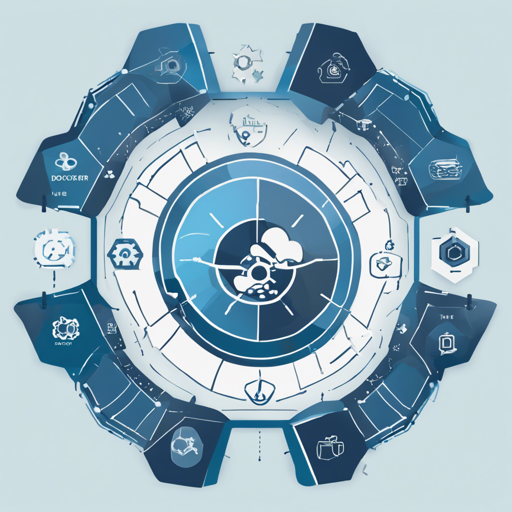Welcome to the vibrant world of TheHive Projects Docker Templates. This repository is your one-stop destination for Docker configurations tailored for TheHive, Cortex, and various third-party tool integrations. With it, you can streamline your processes and enhance your productivity effortlessly. Here’s a user-friendly guide to help you navigate through this repository and use it effectively.
Understanding the Repository
This repository hosts a variety of docker compose configuration files for:
- TheHive
- Cortex
- MISP
- Reverse Proxies
- OAuth Providers
- Workflow and Automation Tools
- Feeders
Setting Up Your Environment
For ease of use, the provided docker-compose templates focus on simplicity rather than showcasing every possible configuration option. To dive deeper into the specifics, refer to the full documentation for each relevant docker image. Here are some key resources:
- Elasticsearch image configuration
- Cassandra image configuration
- TheHive image configuration
- Cortex image configuration
- NGinx image configuration
Available Templates
The repository includes multiple ready-to-use templates, structured under basic and custom categories:
Basic Templates
- TheHive 4.1 minimal configuration
- TheHive 4.1 minimal + nginx + https
- TheHive 4.1 + BerkleyDB
- TheHive 4.1 + Cassandra
- (TO BE TESTED) TheHive 4.1 + ScyllaDB
Custom Templates
TheHive Only
TheHive + Cortex
Using Docker Compose Templates
To start using a template, simply follow these steps:
- Clone the repository to your local machine.
- Navigate to the specific directory of the chosen configuration template.
- Run
docker-compose upin your terminal. This will initiate the services defined in the configuration.
Understanding the Code Like an Architect
Imagine you are an architect designing a city. Each building represents a service you need—some are residential (TheHive), others might serve as utilities (Cortex). The templates are your blueprints, outlining how these buildings will be constructed together to form a functional city. Just like an architect uses various materials for different types of buildings, these templates compile configurations for different services, ensuring they work seamlessly together without the clutter of full specifications.
Troubleshooting
Should you encounter any challenges while using these templates, consider the following troubleshooting steps:
- Ensure Docker is installed and running on your machine.
- Check for correct directory paths if you face file not found errors.
- Make sure your Docker Compose version is compatible with the provided templates.
For deeper insights or to collaborate on AI development projects, stay connected with fxis.ai.
Contributing
If you’d like to contribute, feel free to explore the code of conduct and guidelines in the Code of Conduct section. We welcome your contributions, be it by forking the repo, creating patches, or sending pull requests via Issues.
At fxis.ai, we believe that such advancements are crucial for the future of AI, as they enable more comprehensive and effective solutions. Our team is continually exploring new methodologies to push the envelope in artificial intelligence, ensuring that our clients benefit from the latest technological innovations.

